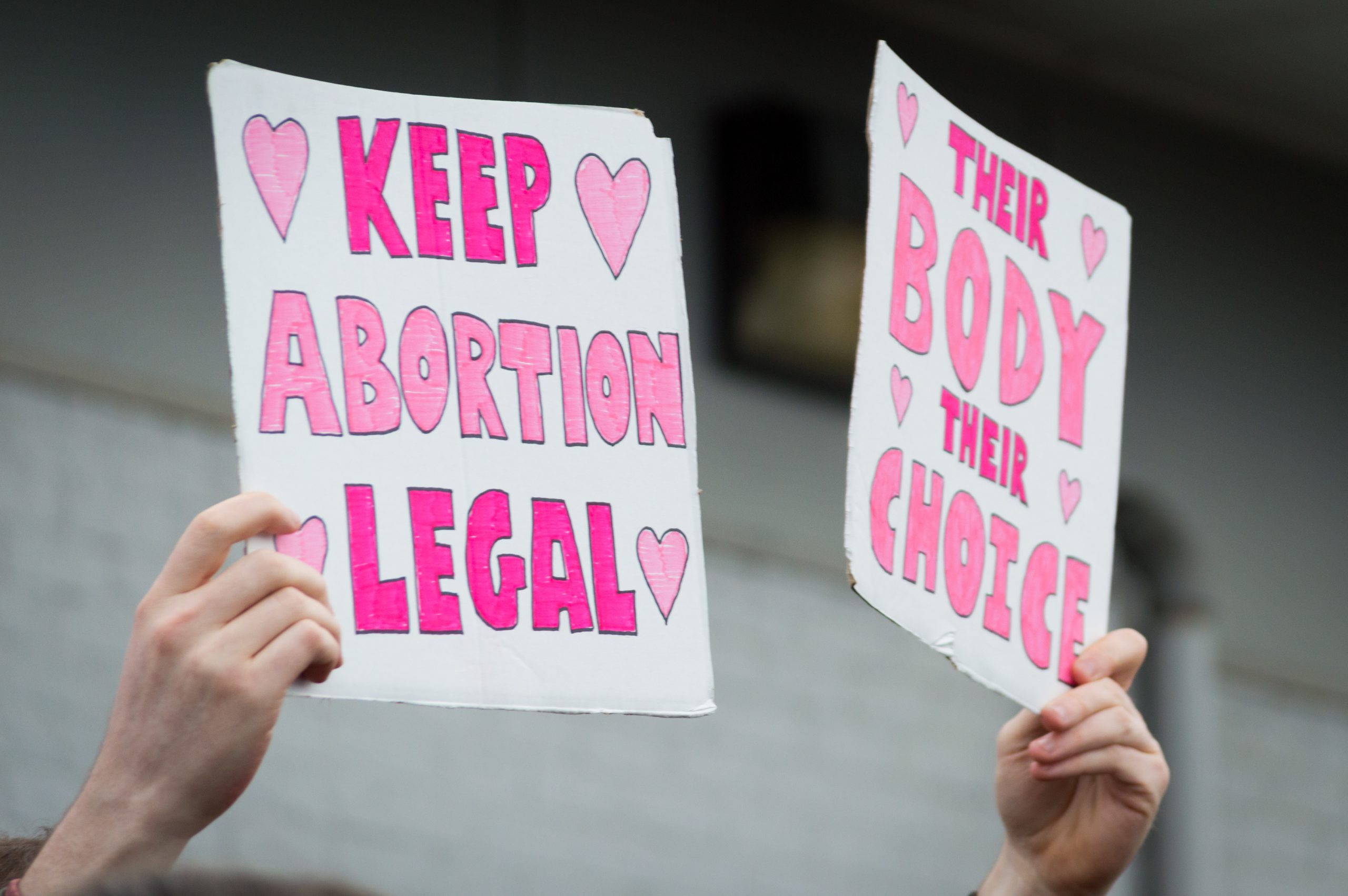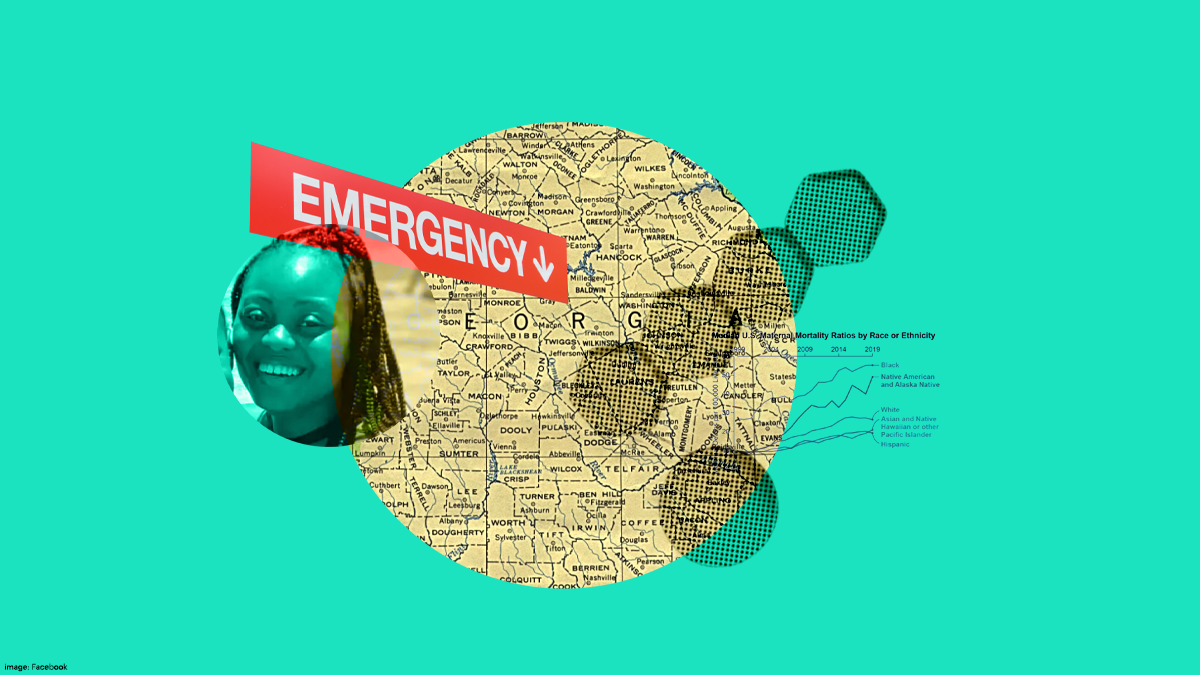All gifts, up to $10,000, TRIPLE-matched until June 30!
One Year Into COVID-19, and Abortion Access Is Still in Shambles

Last year, we posted a blog about increased restrictions to abortion care during the COVID-19 pandemic. And one year later, with several state legislative sessions in full swing, people continue to battle with lawmakers who want to strip away their right to abortion care. Recently, we published an issue brief that highlights ongoing restrictions to abortion access many are still facing. Here are the key takeaways:
1. COVID-19 is still exacerbating the impact of existing barriers to abortion care.
Since the pandemic started, more women have reported that they were opting to delay pregnancies, with over one–third wanting to get pregnant later or wanting fewer children because of the COVID-19 pandemic. Black, Latinx, and LGBTQ people were more likely to decide to delay pregnancy. People have many reasons for needing abortion care; job loss was a major motive and particularly impacted women, Black, Latinx, and Native and Indigenous folks.
The pandemic has made it harder for these communities to access abortion care. In a national survey from March to May 2020, one–third of reproductive–aged women experienced a cancellation or delay of contraceptives or reproductive health care because of the pandemic—a rate especially high among Black (38%), Latinx (45%), and LGTBQ (46%) women. In addition to the increased cost of delaying abortion care, many families are being pushed farther away from abortion providers, as abortion providers near them are forced to close, increasing the risk of COVID exposure. This is especially dangerous for Black and Latinx people who are more likely to contract and die from coronavirus.
2. Abortion opponents were ultimately unsuccessful in exploiting the public health crisis to ban abortion care, but still left many patients without meaningful access to care.
So far, 11 states have attempted to prohibit all or some abortions, though all attempts were either blocked by courts, failed to become law, or are no longer in effect. While advocates successfully defeated these bans, the ongoing litigation created chaos for patients who needed immediate abortion care. For example, when clinics were forced to close in Texas due to Governor Abbott’s executive order, the average one-way driving distance to an abortion clinic increased from 12 miles to 243. For more information on specific states read the full issue brief here.
3. State and federal lawmakers must ensure access to vital health care—including abortion—is available, affordable, and stigma-free.
There are several ways policymakers can work together to ensure access to abortion. Congress must pass the Women’s Health Protection Act (WHPA) which would create a statutory right for a provider to provide abortion services, and a corresponding right for their patients to obtain abortion services, free from bans and restrictions that single out abortion and impede access to care. In addition to WHPA the federal government must: lift the FDA restrictions on medication abortion, rescind the “Domestic Gag Rule” and expand Title X, and eliminate budget riders that impede access to abortion, like the Hyde–Weldon Amendment.
On the state level, legislators must: broaden access to telehealth for medication abortion; decriminalize self-managed abortion; expand insurance coverage of abortion care; and eliminate refusal laws that allow providers, insurers, and health care facilities to discriminate against patients.
We Must Keep Protecting and Expanding Abortion Access
No one should be put in the position where they need to risk their own or their family’s health and financial wellbeing to access essential healthcare, like abortion. As we have seen over the past year, COVID-19 has exacerbated the existing inequalities low-income families and people of color already face. It is critical that lawmakers prioritize abortion care, recognizing that these same communities are bearing the brunt of this health crisis.




